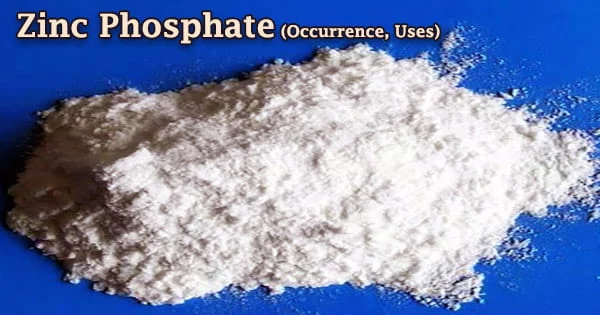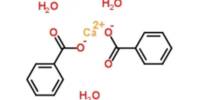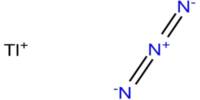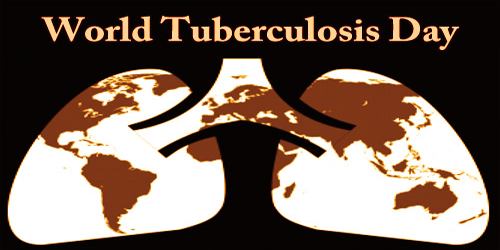Zinc phosphate, also known as Zinc orthophosphate, Trizinc phosphate, and Trizinc diphosphate, is an inorganic chemical having the formula Zn3(PO4)2. This white powder compound is extensively used as a corrosion-resistant coating that is applied to metal surfaces as part of the electroplating process or as a priming pigment. It has mainly replaced hazardous lead or chromium-based compounds, and by 2006, it was the most widely used corrosion inhibitor.
Zinc phosphate is also an important component of zinc orthophosphate hydrate, a water-soluble protective chemical. Because of its limited solubility, it is compatible with both solvent and water-based resins. Because zinc phosphate covers crystalline structures better than bare metal, seeding agents are frequently employed as a pre-treatment. Sodium pyrophosphate is a common agent. Thin wash-inhibiting primers are frequently made with chromate or phosphate pigments suspended in a synthetic polymeric binder like vinyl chloride copolymer.
Lead carbonate, strontium chromate, zinc oxide, and ZP are among the inorganic corrosion-inhibiting pigments. Minerals like hopeite and parahopeite are natural forms of zinc phosphate. Natural hydrous zinc phosphate, tarbuttite, Zn2(PO4)(OH), is a mineral that is fairly similar. Both were produced by oxidation of sphalerite in the presence of phosphate-rich solutions and may be found in oxidation zones of Zn ore beds.
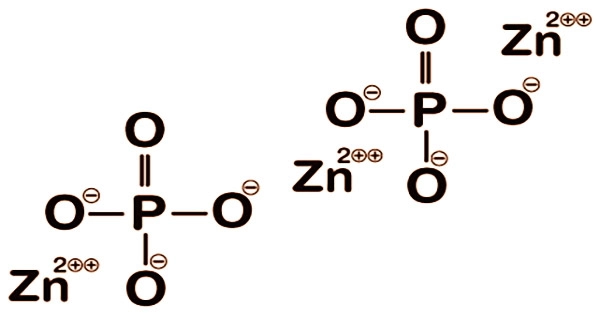
In comparison to bare metal, trizinc phosphate covers crystalline structures better. As a result, seeding agents such as sodium pyrophosphate are commonly employed as a pre-treatment. It has mainly replaced chromium or lead-based hazardous compounds. One of the oldest and most commonly used dental cement is zinc phosphate. It’s widely used as a foundation for dental restorations and for luting permanent metal and zirconium dioxide restorations.
Zinc phosphate is made by combining magnesium oxide and zinc oxide granules in a mixture containing phosphoric acid, water, and buffers. It’s one of the most common forms of cement to compare to. In terms of dentistry, it has the longest track record. It is still widely used, however, resin-modified glass ionomer kinds of cement are more durable and practical when utilized in dental settings.
Zinc phosphate has high moisture resistance and galvanic substitution characteristics since it interacts mildly with water and is acid-soluble with zinc sources. It is a corrosion-resistant coating that is applied to metal surfaces; the coating method is described below. Minerals like parahopeite and hopeite are two distinct types of Zinc orthophosphate. This mineral comes from zinc phosphate cement, which is widely used as a foundation for dental restorations.
Inlays, crowns, bridges, and orthodontic equipment are all cemented using zinc phosphate cement, which is also used as a temporary repair on occasion. It’s the most popular non-toxic inhibitive pigment for use in paint formulas. Furthermore, the usage of phosphates is not prohibitively expensive, and their application is much simpler than other proposed chromate pigment replacements. This is the most common anticorrosive pigment in paints.
Zinc phosphate is used to make corrosion-resistant coatings that are generally applied as a priming pigment or as part of an electroplating process. It is useful for a wide range of priming applications when employed in a micronized form for pigmentation. It’s used to hold inlays, crowns, and bridges in place, as well as temporary repair and orthodontic equipment. It’s produced by combining zinc oxide and magnesium oxide granules with phosphoric acid, water, and buffers in a liquid.
Because of the widespread use of nontoxic and ecologically friendly ZPs, there was a lot of pressure to pass rules prohibiting the use of red lead and chromated anticorrosion pigments. It’s made by combining zinc oxide and magnesium oxide powders with a liquid that’s mostly made up of phosphoric acid, water, and buffers. Experiments show that increasing the content of ZP and all phosphate-based pigments (zinc-aluminum polyphosphate, ZP treated with organic corrosion inhibitor, etc.) improves anticorrosion performance.
Although resin-modified glass ionomer cements are still widely used in dentistry, they are more convenient and stronger. When zinc phosphide is exposed to water or wet soil in the environment, it degrades. Air will break down any phosphine that is released. Even so, five weeks after being placed on moist soils, Zinc Phosphide pellets may produce phosphine, however, the amount released is depending on the pellets composition.
Information Sources:
